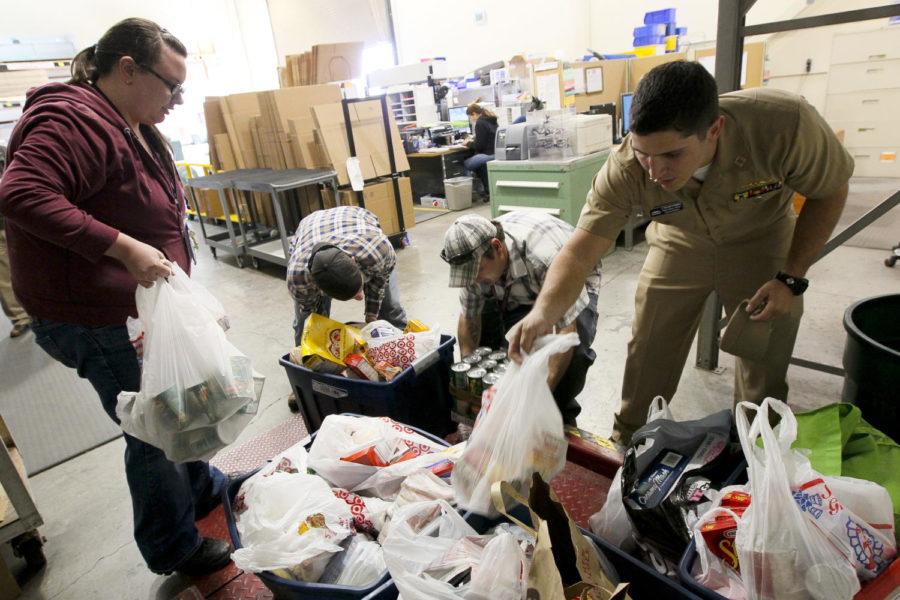By now, most of the country knows that California has been facing one of the worst fires in the state’s history.
The fire has destroyed numerous houses, killed 41 and counting, nearly harmed the exotic animals at Safari West, and destroyed a beloved Jewish summer camp, Camp Newman.
With all this destruction, there has been an outpouring of relief. Carlmont’s principal Ralph Crame expected to drive his Ford Explorer full of supplies to the affected areas but ended up having to rent a U-Haul truck because of how many supplies were donated.
While this relief is helpful and encouraged, the most effective impact, according to the Center for International Disaster Information, is to donate money.
The versatility of money helps charities or individuals decide what to use it for, rather than ending up with unwanted or unnecessary donations.
Eileen Heisman, the CEO of the National Philanthropic Trust, said, “Many charities are overwhelmed with some items and desperately need others. Baby food may be critically needed, nutritional shakes for seniors may be in short supply, but they likely have shelves of boxed stuffing and canned corn.”
It seems tempting to go out and spend money on goods. For many, giving material goods is more personal rather than pressing a button to donate a fixed amount of money.
The problem is that many shelters will end up with extra goods that they don’t need. This can take up space that is critically needed for other things.
Students at Carlmont have been sharing a Go Fund Me page which has been circulating through the district. This page is meant to provide aid for the victims.
ASB president Tiffany Chung said, “The Go Fund Me donations go to help our friends affected by the NorCal fires. They need all the help they can get and it will take all of our combined efforts to help them return to normalcy.”
Please contribute to Carlmont’s Go Fund Me to help the victims affected by the fires: https://t.co/PJNSDUZWZ3
— Scot Scoop News (@scotscoopnews) October 17, 2017
The U.S. Center for Disaster Information says unsolicited goods are “never required in early stages of response, and they compete with priority relief items for transportation and storage.”
After a massive tsunami in the Indian Ocean, clothing donations flooded into Indonesia and had to be stored on the country’s beaches. There were so many items of clothing that relief workers did not have time to sort through the clothing and were forced to just leave it there to rot. After the clothes went toxic, gasoline was poured on them and they were lit on fire.
This issue applies to any sort of charitable donation, not just disaster relief.
According to Charles Sommer, director of programs at St. Anthony’s in San Francisco, the charities can buy more food per dollar than the average person can. They buy their products in bulk, which drives down prices.
“If you’re looking to make the biggest impact with a donation, the best bet is to write a check,” says Ashley McCumber, CEO of Meals on Wheels of San Francisco.
While many may be tempted to stock up on food, toiletries, and clothes for the Napa fire victims, donating money is likely a better option.


